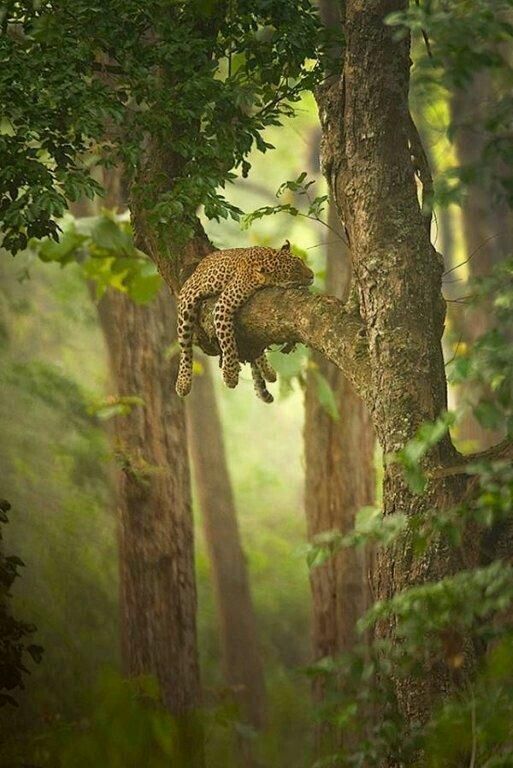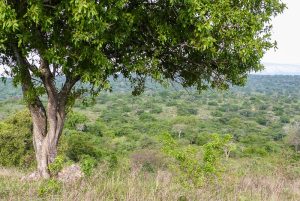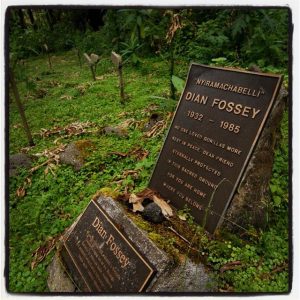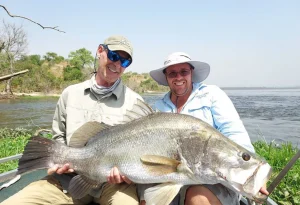Wildlife Photography in Uganda
Wildlife Photography in Uganda. Uganda, often called the “Pearl of Africa,” is a dream destination for wildlife photographers. With its diverse habitats—ranging from misty mountains and dense forests to expansive savannas and tranquil lakes—Uganda provides exceptional opportunities for capturing a wide range of animals in their natural habitats. Below is a guide to some of the best locations, target species, tips, and timing for wildlife photography in Uganda.
1. Top Wildlife Photography Destinations
- Bwindi Impenetrable National Park:
- Primary Subjects: Mountain gorillas are the park’s main attraction, with close-up photography opportunities that capture intimate family interactions and striking silverbacks.
- Best for: Portrait-style shots in lush forested settings.
- Queen Elizabeth National Park:
- Primary Subjects: Lions, especially tree-climbing lions in Ishasha, elephants, leopards, hippos, and large flocks of birds.
- Highlights: The Kazinga Channel is ideal for boat-based photography of hippos, buffalo, and waterbirds.
- Best for: Big game and large herds against open savanna backdrops.
- Murchison Falls National Park:
- Primary Subjects: Nile crocodiles, elephants, giraffes, and the iconic Murchison Falls for scenic shots.
- Highlights: Boat trips on the Nile offer fantastic angles of animals near the riverbanks and dramatic waterfall landscapes.
- Best for: Dramatic shots of wildlife near the river, large mammals, and dynamic waterfall landscapes.
- Kibale Forest National Park:
- Primary Subjects: Chimpanzees, black-and-white colobus monkeys, and red-tailed monkeys.
- Highlights: Kibale offers close encounters with chimpanzees, making it an excellent spot for capturing primates in the forest.
- Best for: Dynamic portraits of chimpanzees in their forest habitat.
- Lake Mburo National Park:
- Primary Subjects: Zebras, antelope species like impalas and topis, and rare bird species.
- Highlights: Unique landscapes with rolling hills and lakes provide diverse photographic compositions.
- Best for: Close-ups of herbivores and bird photography.
- Mabamba Swamp:
- Primary Subjects: The shoebill stork, one of Uganda’s most sought-after bird photography subjects.
- Best for: Bird photography, especially for those interested in capturing unique and rare species.
2. Must-Capture Species
- Mountain Gorillas: Found in Bwindi, these majestic creatures offer powerful photographic opportunities. Shots that capture the expressions and social bonds of these endangered primates are particularly impactful.
- Chimpanzees: Kibale Forest is ideal for photographing these intelligent primates as they navigate their forest habitat.
- Tree-Climbing Lions: In Queen Elizabeth National Park’s Ishasha sector, these lions are an unusual sight, providing a rare chance to photograph them perched in fig trees.
- Elephants: Murchison Falls and Queen Elizabeth National Parks both offer opportunities to photograph large elephant herds, especially near water sources.
- Bird Species: Uganda is a paradise for bird photographers with over 1,000 bird species, including the unique shoebill, African fish eagle, and colorful kingfishers.
- Nile Crocodiles and Hippos: Boat trips on the Nile in Murchison Falls allow for close-up shots of hippos and crocodiles in the wild.
3. Best Times for Wildlife Photography
- Dry Season (June to September, December to February): During the dry season, animals are more likely to gather around water sources, making them easier to spot and photograph.
- Early Morning and Late Afternoon: The soft light of early morning and late afternoon, known as the “golden hour,” provides the best lighting for wildlife photography. Animals are also more active during these cooler times of day.
- Rainy Season (March to May, October to November): While the rainy season brings lush, green landscapes and offers excellent bird photography opportunities, it can make access to certain areas challenging due to muddy conditions.
4. Photography Tips for Uganda’s Wildlife
- Use the Right Gear:
- Telephoto Lens: A 300mm lens or longer is ideal for capturing animals from a distance without disturbing them.
- Wide-Angle Lens: For landscape shots and animals in their habitats, a wide-angle lens can capture the expansive beauty of Uganda’s national parks.
- High ISO Capability: In forests like Bwindi and Kibale, where light is limited, a camera with high ISO capabilities will help capture clear images in low-light conditions.
- Choose the Right Settings:
- Shutter Speed: Set a high shutter speed to freeze the action, especially when photographing moving animals or birds in flight.
- Aperture: Use a wide aperture (low f-stop) to create a shallow depth of field, which will help your subject stand out against the background.
- Continuous Shooting Mode: Enable continuous shooting to capture action shots and ensure you don’t miss a moment.
- Respect Wildlife: Keep a safe distance and avoid making sudden movements that could startle animals, especially primates like gorillas and chimpanzees.
- Take Advantage of Boat Safaris: In parks with waterways, such as Queen Elizabeth and Murchison Falls, boat safaris provide unique angles for photographing animals up close without intruding on their space.
5. Safety and Ethical Considerations
- Stay with a Guide: Uganda’s wildlife can be unpredictable. Guides are trained to ensure both the photographer’s and the animals’ safety.
- Minimize Disturbance: Avoid using flash when photographing primates, as it can startle them. Move quietly and respect the animals’ space.
- Support Conservation Efforts: Many parks and conservancies use photography permit fees to fund conservation efforts, making it beneficial to both the wildlife and the photographer.
6. Unique Photography Opportunities
- Gorilla Portraits in Bwindi: Photographing mountain gorillas at eye level gives a powerful perspective, capturing their expressions and personalities.
- Tree-Climbing Lions in Ishasha: Rare in Africa, the tree-climbing lions of Ishasha in Queen Elizabeth National Park make for an unusual and captivating subject.
- Nile River Landscapes in Murchison Falls: Capture dramatic shots of Murchison Falls, where the Nile squeezes through a narrow gorge, as well as the wildlife that inhabits its banks.
- Primates in Kibale Forest: Kibale offers chances to capture chimps in social groups, grooming each other, or climbing trees.
Wildlife photography in Uganda offers an extraordinary range of subjects and settings that will captivate photographers, from big game in open savannas to rare primates in lush forests. Whether you’re after intimate portraits, majestic landscapes, or dynamic action shots, Uganda’s natural beauty and rich biodiversity provide endless inspiration.




